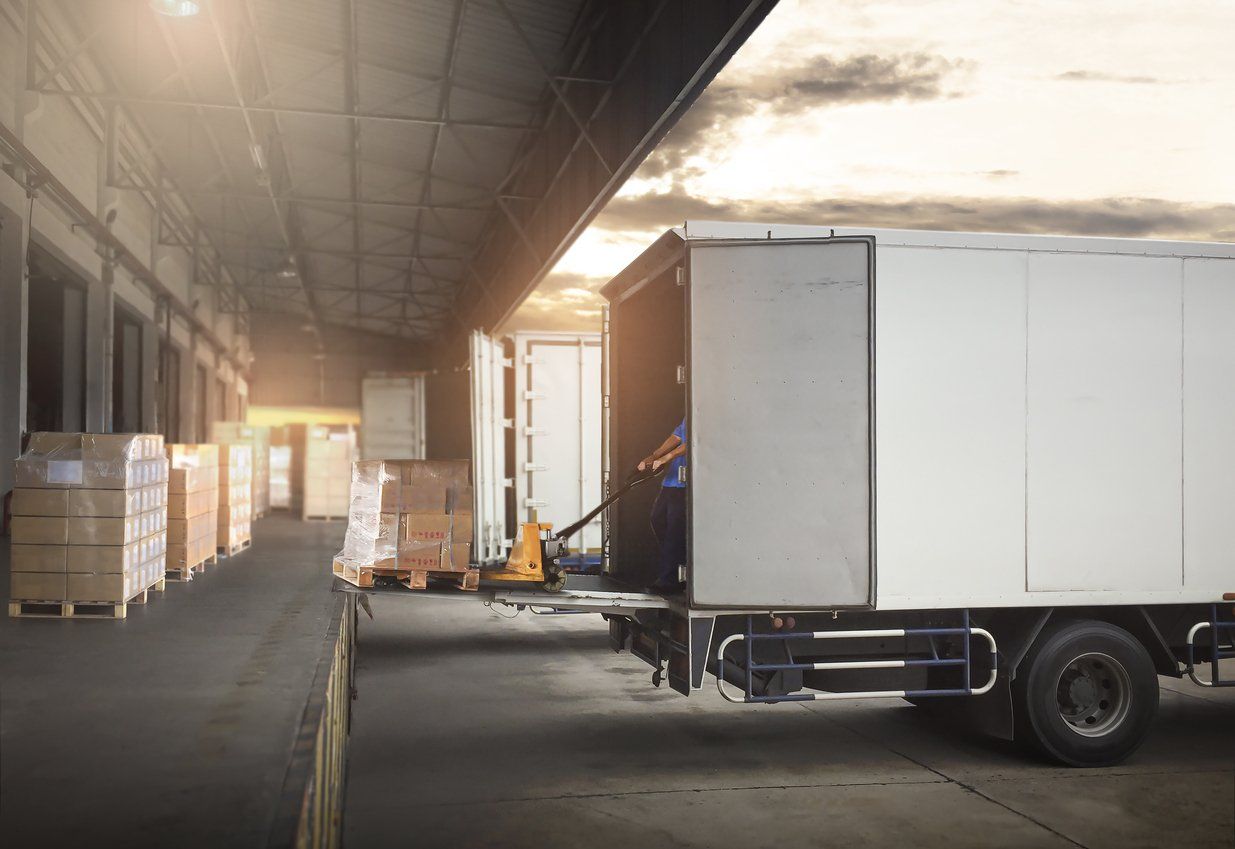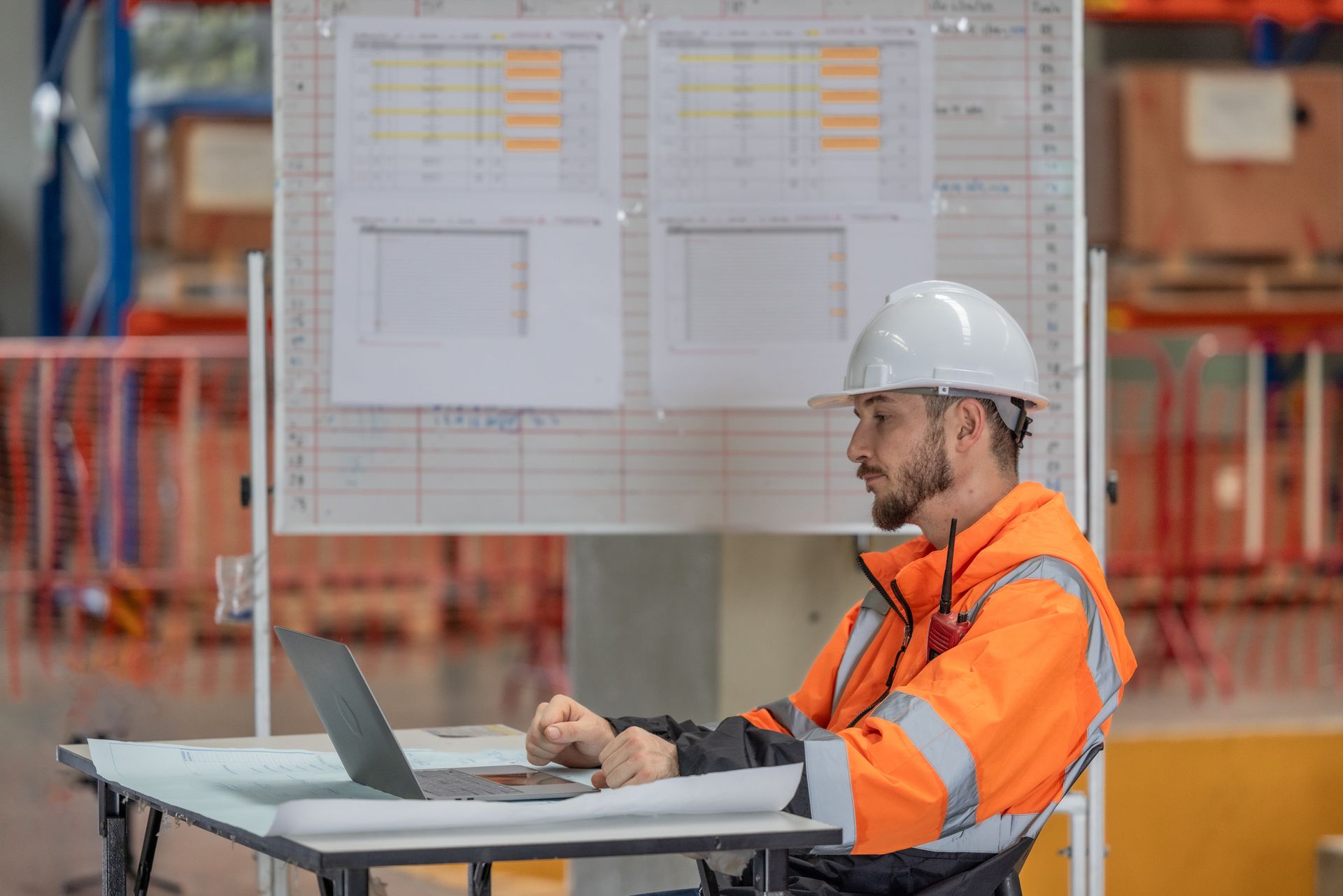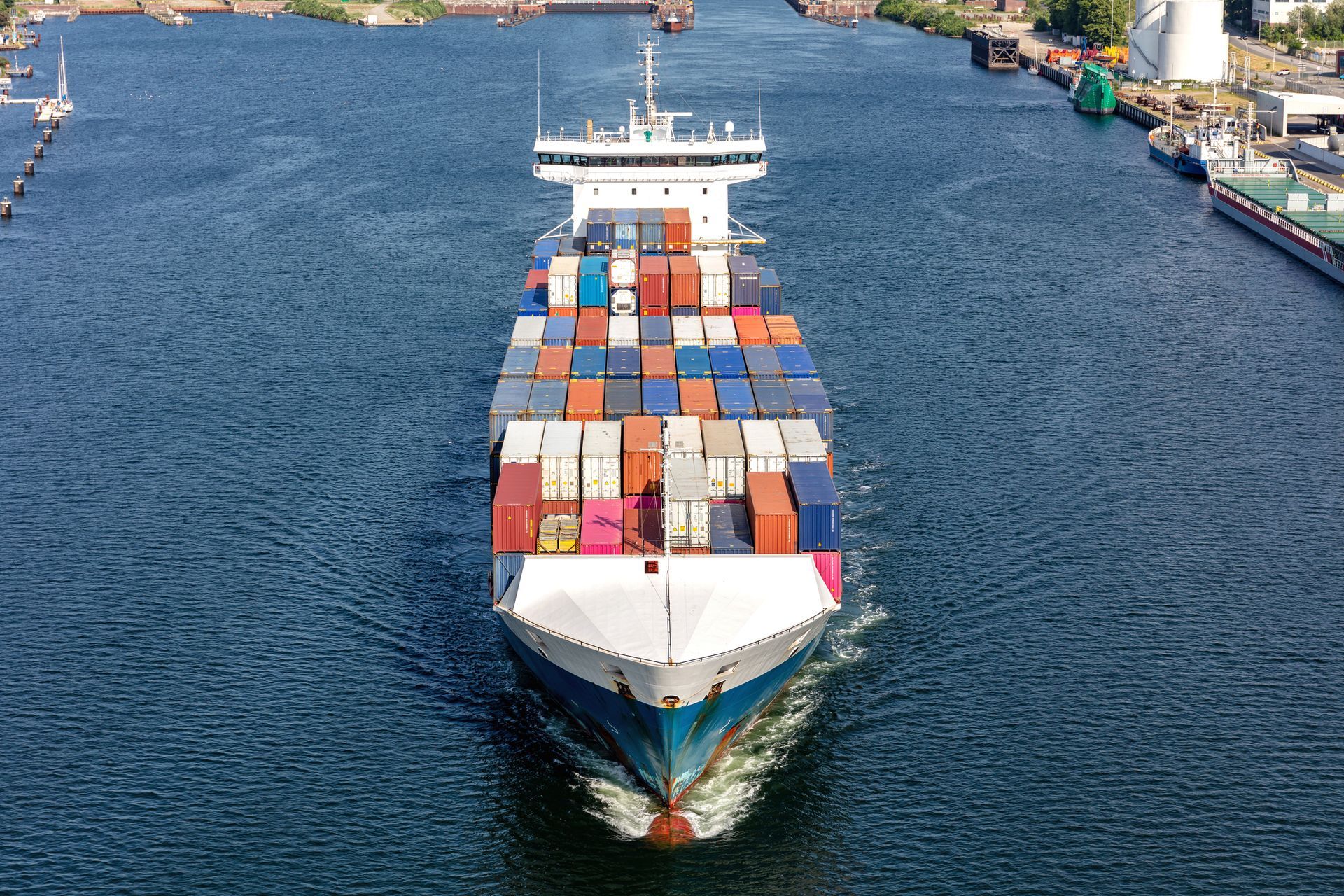
Transporting products requires good planning and great care during loading and unloading. Logistic packaging is a crucial point in this entire process. It protects goods in various ways, from the material used to the labeling indicating the nature of the cargo.
Thus, packaging assists the professionals responsible for handling it. After all, no matter how qualified the workforce is, they need information to do their job well. To understand the importance of packaging in logistics and better prepare for upcoming shipments, keep reading this article!
What is the Importance of Packaging in Logistics for the Lifespan of a Product?
A product's packaging has two basic functions:
- To store larger quantities of its units to facilitate movement;
- To adequately protect the merchandise against impacts and environmental factors.
Therefore, the type, shape, material, and filling of the packaging need to be well-chosen. Poorly packaged products may have a shorter lifespan and suffer quality loss. A good example to illustrate the importance of packaging for a product's lifespan is food.
Let's consider milk, a beverage highly sensitive to spoilage. The Tetra Pak carton is used to package UHT (ultra-high temperature) milk, which has been exposed to very high temperatures followed by rapid cooling. This process eliminates pathogenic microorganisms, and the packaging ensures the milk can be kept outside the refrigerator without spoiling.
On the other hand, pasteurized milk, which has not been processed at as high a temperature as UHT milk, is packaged in plastic bags. Due to the process and the container, this milk needs to be kept cold and has a shorter lifespan.
Types of Packaging in Logistics
We mentioned that logistic packaging is essential to facilitate handling during loading and unloading, among other processes involved in moving goods. To meet the needs of this handling, there are different types of packaging in logistics. They are divided into 5 levels:
Primary Packaging
Primary packaging is the one that contains the product. It precedes the logistic process related to transporting the goods. However, it is crucial in indicating the characteristics of the packaging at other levels, as it carries information such as composition and storage care.
Secondary Packaging
Secondary packaging is the first level among the types of packaging in logistics designed to group product units. However, it still does so in quantities suitable for the final consumer. An example is the crate or boxes of beer.
Tertiary Packaging: Entering the Specific Field of Logistics
Unlike the previous cases, although tertiary packaging can be used for wholesale consumption, it enters the logistic process to facilitate transporting large quantities of the product. Therefore, it needs to be made of more resistant materials suitable for preserving and protecting the cargo.
Thus, auxiliary items may be needed, for example, in the case of glass goods, the use of paper, styrofoam, or similar materials to stabilize the smaller packages without risking breakage. Commonly used materials in tertiary packaging include: coils, big bags, containers, pallets, boxes, drums, sacks, among others.
Quaternary Packaging
Quaternary packaging is intended for storing and moving products on a large scale, meaning it is common logistic packaging. It is crucial for cargo stuffing, as it allows better use of storage space or transport vehicles. One of the main examples of quaternary packaging is the pallet, which allows a batch of goods to be stacked on another.
Fifth Level: Packaging in Logistics for Long Distances
The fifth level is a type of packaging in logistics different from the previous ones, as it is suitable for transporting goods over long distances, particularly for import and export. The most emblematic example of this type of packaging is the container.
Main Materials Used in Logistic Packaging and Their Indications
The variety of packaging in logistics is vast, but some are more common in this sector's daily operations. See which they are and their applications.
Cardboard
The most widely used material in packaging is certainly cardboard. It offers many benefits: it is safe, recyclable, and versatile, adapting to different weights and shapes. It is recommended for dry goods without specific storage needs.
Styrofoam
Commonly used in transporting appliances and electronics. This is because styrofoam offers good protection against friction. It is also very suitable for transporting refrigerated food and/or food that requires temperature stability.
Plastic
Plastic is more commonly used in primary packaging in its soft molding, with the main function of storing small products. It is also widely used as an auxiliary material, such as bubble wrap and plastic balloons inserted in boxes to stabilize products.
However, particularly due to its prominence as an environmental villain, other alternatives have been preferred. Its differential remains, however, for protecting cargo against moisture.
Wood
In logistics, wooden packaging is mainly found in the form of pallets or boxes. They are common in storing agricultural products and machinery.
Metal Alloys
Metal alloys or steel cans are used especially for transporting metal parts. The material is resistant, provides protection against moisture and heat, and is easily recyclable.
Care in Choosing Packaging in the Logistic Process
Choosing the right packaging is crucial for the success of the logistic process. Additionally, it impacts sales and customer satisfaction. After all, the preservation and conservation of the product greatly depend on the container. Therefore, some care in properly choosing logistic packaging includes:
Suitability to Product Characteristics
The product specifications should be observed to choose the appropriate packaging material and shape. Additionally, the size of the cargo should be considered to plan for optimal space utilization.
Therefore, do not opt for packaging that is too tight, which can crush or tear smaller packages. On the other hand, excess space can compromise the stability of the goods, causing friction and damage.
Environmental Impact
The lower the environmental impact caused by the logistic packaging, the better. Besides meeting current sustainability requirements, such as ESG, it can also offer savings to the user, for example, by using returnable packaging.
Packaging Costs
Remembering that the packaging cost is passed on to the customer, its cost should not be so high as to make the sale unfeasible. At the same time, it needs to be resistant and suitable. The tip is to use the old cost-benefit balance.
Certification
For greater peace of mind, it is important to evaluate whether the logistic packaging is certified by Inmetro. This ensures that it is safe and will fulfill its promises.
Packaging in logistics is important because it encompasses various functions: proper storage and handling; ease in loading and transport; customer satisfaction and attractiveness. Therefore, its importance is unquestionable, both for logistic and commercial purposes.
Alongside packaging, another crucial choice in logistic processes is the mode of transport. Want to know more? Download the LCL vs. FCL infographic and find out which to choose.
Continue a navegar no blog da Allink

Mantenha-se informado sobre o comércio exterior
Assine nossa newsletter e receba atualizações semanais de forma gratuita sobre o mundo da logística.




